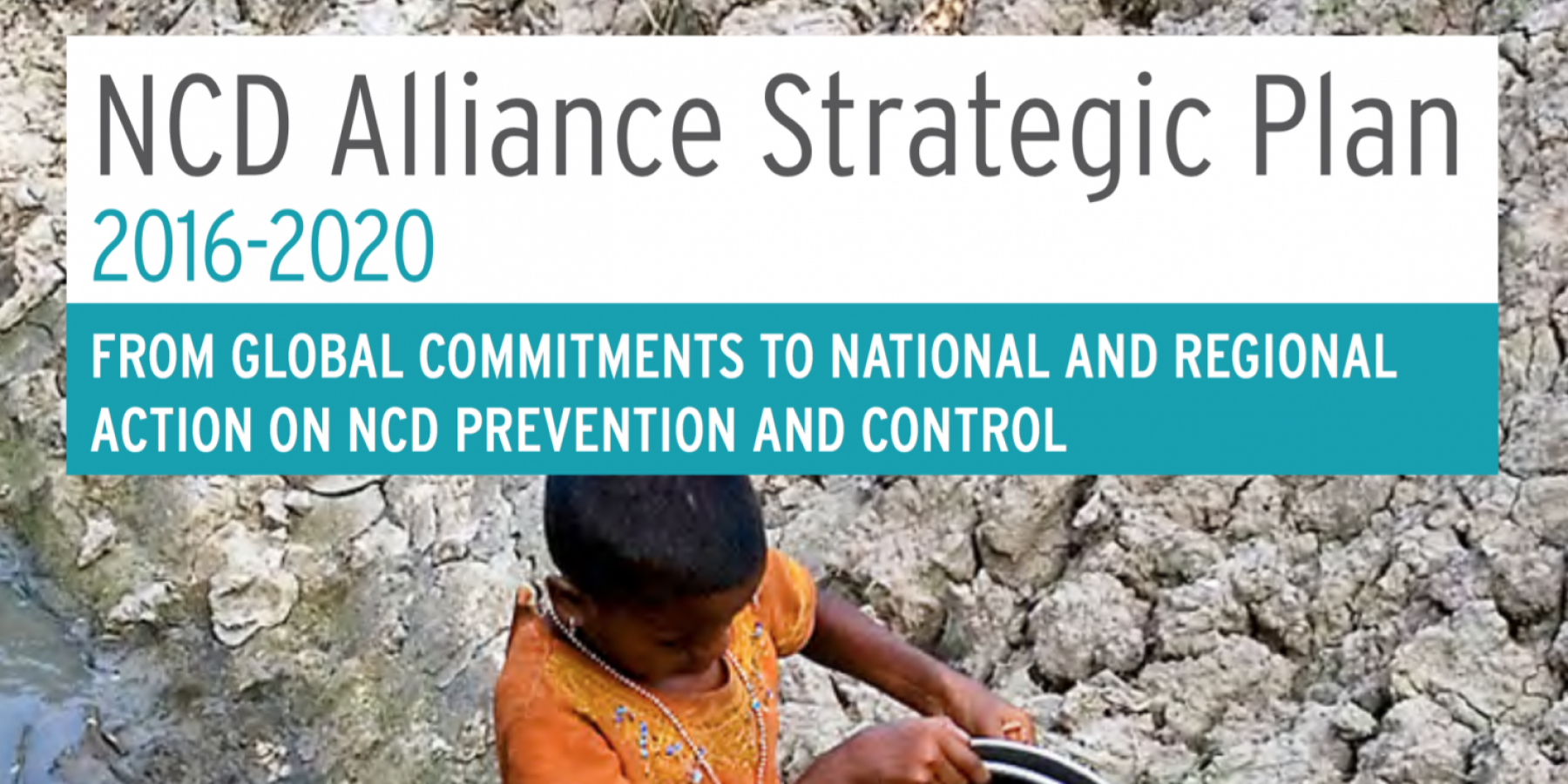
Tackling NCDs in the Era of Sustainable Development
Reducing the burden of non-communicable diseases (NCDs) - namely cancer, cardiovascular diseases, diabetes, chronic respiratory diseases and mental and neurological disorders - is essential to ending extreme poverty, reducing inequality, and improving health and wellbeing.
NCDs are estimated to kill around 39.5 million people every year, accounting for 68% of all deaths worldwide, and causing half of all global disability. Although the burden is universal, low- and middle-income countries (LMICs) are hit the hardest, with over three quarters of all deaths occurring in these countries.
NCDs are fast replacing infectious diseases and malnutrition as the leading causes of disability and premature death in developing countries. NCD prevention and control is an urgent challenge for the 21st century.
This Strategic Plan comes at a critical moment in the history and future of the NCD response, when the imperative for action has never been stronger. A surge of commitments and advocacy has helped to advance the NCD agenda since 2011. With the adoption of the WHO Global NCD Action Plan 2013-2020 and the first set of global NCD targets, and with agreement by Member States on an ambitious 2030 Agenda for Sustainable Development that includes NCDs, it is time to build on the momentum and the technical foundations in place.
We have the knowledge, evidence-based solutions, and partnerships necessary to drive a historic transformation that will improve the lives of generations to come.
But despite achieving important milestones in recent years, there is no room for complacency. Evidence shows that a “business as usual” approach will be insufficient to meet the WHO “25 by 25” global NCD targets, an important milestone towards the SDGs.
Rates of progress on NCDs at the national and regional level are similarly patchy, uneven and largely off-track in LMICs. The imperative for action is further buttressed by persistent gaps and shortcomings in the response, ranging from inadequate resources, a lack of preventative action, vulnerable and ill-equipped health systems to respond to the growing burden, and the absence of the voice of people living with NCDs in the response.
The next five years provides a fragile window of opportunity to scale up action on NCD prevention and control. If we seize the moment now, we can save lives, empower people to live healthy and dignified lives, and at the same time reduce poverty, stimulate economic growth and environmental sustainability.
In this next phase, our success will be dependent on understanding and responding to the complexities of a vastly changed context: the shifting geography of poverty, growing inequality, changing political dynamics, escalating humanitarian emergencies, climate change, and economic development.
The NCD Alliance, as a distinctive civil society network uniting 2,000 organisations in more than 170 countries, remains dedicated to improving NCD prevention and control worldwide.